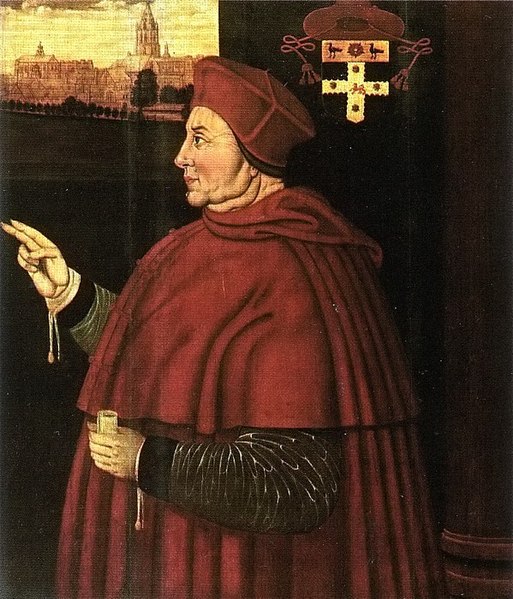Huck
Rosanne said:No date for the painting Huck?
The lady is handing to or taking a rose branch from the the man- which indicates to me this is a question of Love. Cartomancy not card playing I would imagine.
~Rosanne
Lucas van Leyden was born 1494 and started to become active early 12 years old. The chess picture is given to 1508 - and it is seen as painted in "his early style" (the somewhat similar fortuneteller picture is also seen as "his early style").
Margarete of Austria is said to have arrived back in the Netherlands in 1504 (or 1507) ... after her second husbands (Filiberto) death. Leyden is a city in the Netherlands.
Anyway ... the picture can't be made during the time of the real marriage, if the birthdate of Lucas van Leyden is noted correctly with 1494. Perhaps it was a later glamourization of this event.
In this earlier mentioned specific opinion (of a Allen Rosenbaum in Ausst.-Kat. Washington 1979-1981: Old Master Paintings from the Collection of Baron Thyssen-Bornemisza (National Gallery), S. 114 f.; the opinion was later adapted by a historian of Leyden, Wim Blokmans) the cardplayer picture of Lucas van Leyden located now in Madrid (I couldn't identify this with security, but I assume it is this (.... WRONG ...
http://germany.intofineart.com/upload1/file-admin/images/Lucas van Leyden1.jpg
..., is related to a specific political situation, in which 3 great persons are united at a card table, that is the mentioned Margarethe, her nephew, the young Emperor Charles V. (who is at this picture NOT in his usual outfit) and the English cardinal Thomas Wolsey ...

..., in the year 1521 a rather important man in England. Wolsey changed sides from the French King Francois to the German Emperor Charles and the mediator of this political change was nobody else but Margarethe then.
One has to remember, that Pope Leo died in 1521 and that we had then for a short while a Dutch Pope in Rome - surely a good opportunity for a highstanding Dutch Lady to have an important role in European politic.
The result of the negotiations 1521 became a new war in the Milanese region later, leading finally to the battle of Pavia and the Sacco di Roma.
When we compare the portrait of Margaretha ....

... with the centralised female person at the cardplayers picture, then we observe similarities in the outfit, especially when we know, that Margarethe since the end of her second marriage prefered generally the widow's dress.
So far it looks like an interesting hypothesis.
The author of the article mentions other heraldic reasons, which contribute to the idea, that this might be a correct identification: Margarethe might be the centralised person on both or one of the both pictures.
There are other contemporary examples, in which cardplaying was used as allegory for political negotiation.

 I be braver than you....
I be braver than you....